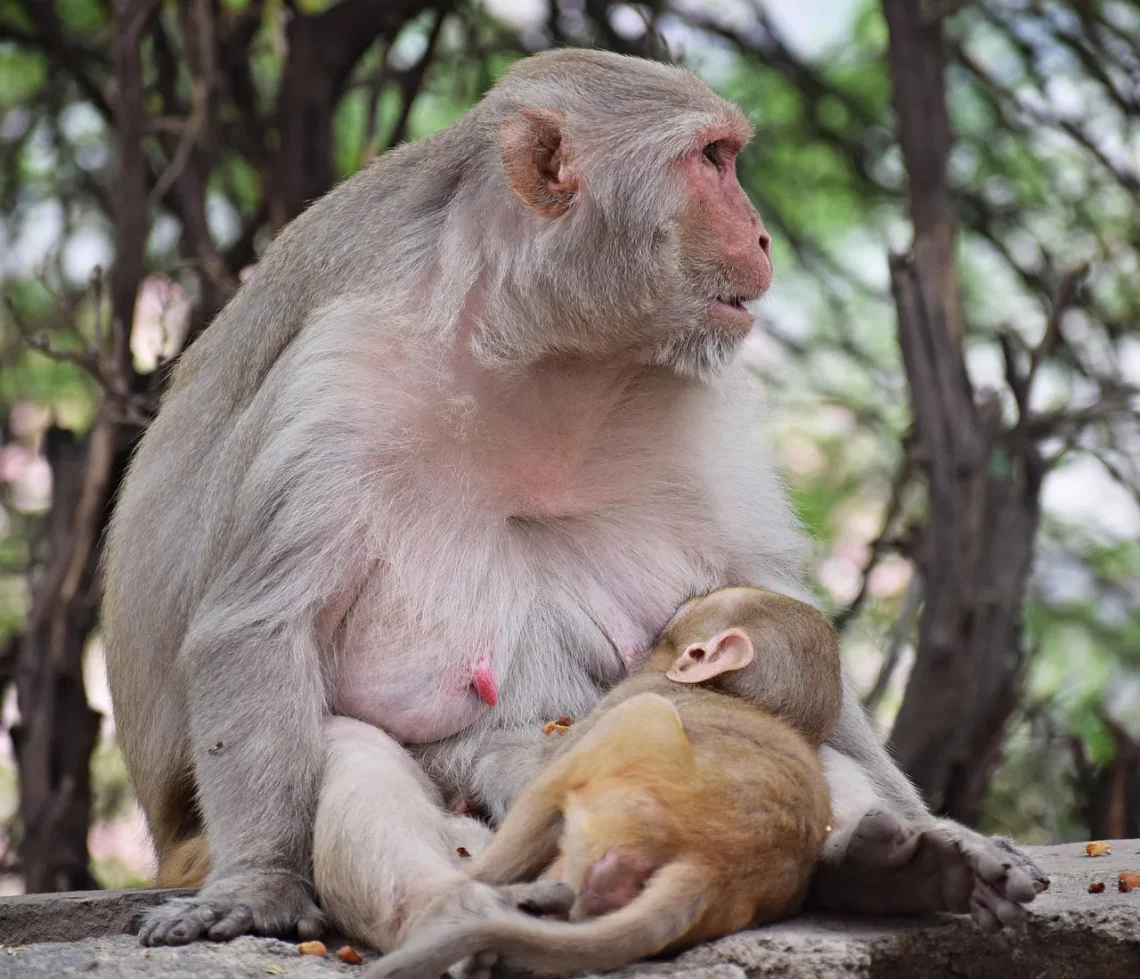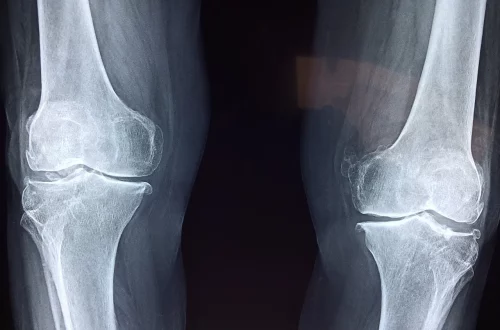
Understanding Breast Fat Transfer Cost: What You Need to Know
Breast fat transfer has gained popularity as a natural alternative to traditional breast augmentation methods. This procedure, which involves transferring fat from one area of the body to the breasts, offers individuals a way to achieve fuller, more contoured breasts while simultaneously reducing unwanted fat in other areas. As with any cosmetic procedure, understanding the financial implications is crucial for anyone considering this option.
The cost of breast fat transfer can vary significantly based on several factors, including the surgeon’s expertise, the geographic location of the practice, and the specific techniques employed. Patients often find themselves weighing the benefits against the potential financial investment. The allure of a more natural enhancement has led many to explore this procedure, but navigating the associated costs can be daunting.
For prospective patients, it’s essential to be informed about the variables that can influence pricing, as well as what to expect regarding the overall experience. This understanding not only aids in budgeting but also contributes to making informed decisions regarding personal health and aesthetic goals.
Factors Influencing Breast Fat Transfer Costs
When considering breast fat transfer, it’s important to recognize the various factors that influence the overall cost of the procedure. One of the primary determinants is the experience and reputation of the surgeon. Highly skilled surgeons with a proven track record may charge more for their services, but this can often translate into better results and a lower risk of complications.
Geographic location also plays a significant role in pricing. Cosmetic surgery costs can vary dramatically between urban and rural areas, as well as from one region to another. In metropolitan locations, where overhead expenses are generally higher, patients can expect to pay a premium for their procedures.
Additionally, the complexity of the procedure itself can impact the total cost. Breast fat transfer involves liposuction to harvest fat from another area of the body, which adds an extra layer of complexity compared to traditional breast augmentation methods. The amount of fat needed, the techniques used for harvesting and injecting the fat, and whether additional procedures are performed simultaneously can all contribute to variations in pricing.
Lastly, it’s essential to consider any additional costs that may arise during the process, such as pre-operative consultations, anesthesia fees, and post-operative care. These expenses can accumulate, so it’s wise to factor them into the overall budget when planning for a breast fat transfer.
Understanding the Financial Commitment
The financial commitment involved in breast fat transfer is multifaceted. To start, prospective patients should be prepared for the initial consultation fees, which can vary widely depending on the surgeon and their practice. During this consultation, the surgeon will evaluate the patient’s suitability for the procedure, discuss goals, and provide an estimate of the overall costs involved.
Once a decision is made to proceed, patients should also consider the financing options that may be available. Many cosmetic surgery practices offer payment plans or financing through third-party providers, allowing patients to spread the cost over time. It’s essential to review these options carefully and understand the terms before committing to a payment plan.
Moreover, the concept of value should be considered when evaluating the cost of breast fat transfer. While it may be tempting to choose the lowest-priced option, it’s crucial to prioritize safety and quality over cost. Investing in a reputable surgeon with extensive experience can lead to better outcomes and a more satisfying experience in the long run.
Patients should also prepare for potential additional costs post-surgery. While the initial procedure may be the most significant expense, follow-up appointments, any necessary touch-ups, and recovery aids can add to the overall financial commitment. By planning for these expenses, individuals can ensure a smoother recovery process without unexpected financial stress.
Comparing Breast Fat Transfer to Other Augmentation Methods
When considering breast augmentation, patients often find themselves weighing the benefits of fat transfer against traditional methods, such as silicone or saline implants. Understanding the differences in cost and benefits between these options can be essential in making an informed decision.
Fat transfer procedures generally have a higher upfront cost compared to traditional breast implants. However, the long-term benefits may justify this investment. Fat transfer offers a more natural look and feel, as the results are achieved using the patient’s own body fat. This can lead to a more harmonious overall appearance, especially for those who desire a subtle enhancement.
On the other hand, breast implants typically have a lower initial cost but may involve additional expenses down the line. Implants may require replacement after a certain period, and patients may face additional surgeries for complications or changes in aesthetic preferences.
Another crucial difference between the two methods lies in recovery. Fat transfer procedures often come with less downtime compared to implant surgeries. Patients may experience swelling and bruising in the areas where fat was harvested, but the recovery period for breast enhancement itself is usually shorter.
Ultimately, the choice between breast fat transfer and implants should be based on individual preferences, lifestyle, and long-term goals. Consulting with a qualified surgeon can provide valuable insights into which option may be best suited for each individual’s unique circumstances.
Preparing for Your Breast Fat Transfer Journey
Preparation is key to a successful breast fat transfer experience. Before undergoing the procedure, potential patients should engage in thorough research and consultations with experienced surgeons. During these discussions, patients can ask questions about the procedure, recovery process, and expected outcomes.
It’s also beneficial to evaluate personal health and lifestyle choices leading up to the procedure. Maintaining a stable weight is particularly important, as significant fluctuations can affect the results of the fat transfer. Patients should also be prepared for the post-operative care required, including rest and avoiding strenuous activities during the recovery period.
Additionally, creating a supportive environment for recovery can significantly enhance the experience. Arranging for assistance with daily activities during the initial healing phase can help alleviate stress and promote a smoother recovery.
Moreover, understanding the potential risks and complications associated with breast fat transfer is crucial. While many patients experience positive outcomes, it’s essential to be aware of the possibility of uneven results, infection, or fat absorption. Discussing these risks with the surgeon can help set realistic expectations and prepare for any contingencies.
In conclusion, undertaking a breast fat transfer procedure is a significant decision that requires careful consideration of both the emotional and financial aspects. By understanding the costs involved and preparing adequately, patients can approach this journey with confidence and clarity.
**Disclaimer:** This article is for informational purposes only and should not be considered medical advice. Always consult with a qualified healthcare professional for any health-related concerns or questions.




